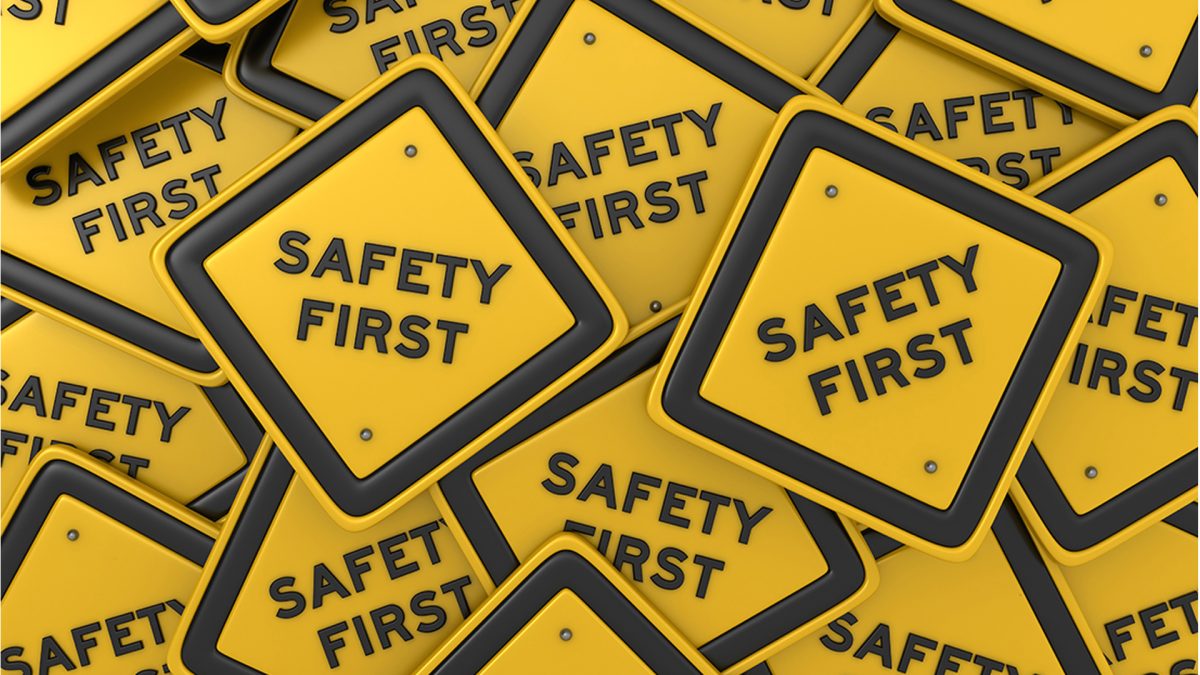As per a recent media report, India on an average is witnessing three deaths and 11 injuries every day due to accidents in registered factories. Staggering as they are, these figures don’t even account for the number of injuries and fatalities among people employed in the unorganised sectors. These alarming figures reiterate the need for inculcating safety as a core value in organisations. Employers should ensure that everyone actively adheres to safety regulations and practices.
Creating a safety culture in an organisation is the most appropriate and sustainable way to minimise the occurrence of hazardous incidents. A positive and inclusive safety culture can make the workplace safe and more productive. Safety culture is the collective acceptable attitude, values, routine behaviours, and beliefs of the management and workforce towards safety and wellbeing in the workplace – ‘the collective mindset’.
But how does one build a safety culture? It begins with the recognition of safety as a key contributor to organisational success and sustainability and administering a safety culture / perception survey to know the existing perception of which would reveal the strength areas and areas for improvement from a culture perspective. The organisation’s leadership needs to take the lead in incorporating safety into its work culture. They can start by following these steps:
Set clear safety policies and practices
The first step is to frame a clear and comprehensive safety policy and set the tone at the top. This ensures the organisation’s commitment to safety and setting the direction for employees on how to act safely in every situation.
Organisations should conduct comprehensive health and safety audits. These safety audits involve the systemic review of the entire work system to identify the equipment, work methods, and other environmental factors that can lead to health and safety risks / issues. A thorough health and safety audit will help to identify all the risks and devise remedial measures to eliminate or control them. A safety audit will enable organisations to identify the safest ways for employees to act as they go about their daily tasks. Organisations should ensure these safe practices are integrated into their standard operating procedures.
Involve employees in safety culture initiatives
It is not possible to build a safety culture without the active participation of all employees in making the organisation safe. The management should therefore ensure that they involve their employees while planning the safety initiatives and ensure safety is integrated into every business planning and decision making. Building competency is essential in enhancing safety culture. This will help bring more insights into the processes and risks involved. It will also foster a sense of ownership among employees on safety practices.
Employers should ensure their people have accessible communication channels to report safety issues or voice their safety concerns. A toll-free number, an email address, to address health and safety-related grievances and suggestions are steps that organisations should consider.
Communication is crucial when building a safety culture
To build a robust safety culture, organisations need to have a communication strategy that consistently emphasises the importance of safety. It should focus on making safety a top-of-mind priority. Safety awareness campaigns, safety training, and induction programs should be integrated into the communication strategy. The communication campaign should focus on safety from the perspective of the employees so that they see value in following safety practices.
Personalising communication can help maximise effectiveness. By communicating the need for safety to each individual, organisations can educate employees what they stand to gain if they follow safety policies and what they can lose personally in case of non-compliance.
Health and safety audits will help bring accountability
Making people accountable for their actions in case of non-conformance to establish safety standards is important. A safety culture cannot be built without accountability. Individuals should be made accountable for the adherence to safety guidelines and non-compliances. By making safety audits a recurring part of the standard operations, employers can ensure that adherence to safety norms becomes a natural part of the operations.
Organisations can also consider making safety a part of the performance evaluation criteria for all employees. Incidents of hazardous incidents, near misses, and instances of non-conformance to safety guidelines can be considered while evaluating the employees performances. These evaluations can be made collectively for departments and teams ensuring that employees collaboratively follow safe practices.
Building a safety culture is challenging yet rewarding
Building a safety culture in an enterprise is not easy. It involves bringing about a behavioural change among employees. This requires extensive expertise in health and safety management and also experience in change management. However, when safety becomes an integral part of an organisation, it offers several benefits. It can reduce the likelihood of injuries and fatalities, help automate adherence to organisational safety policies, mitigate the negative impact and losses when accidents occur, minimise compliance risks and above all build trust among leaders, employees and contractors. As a result, a safety culture goes a long way in ensuring the long-term sustainability of businesses.
